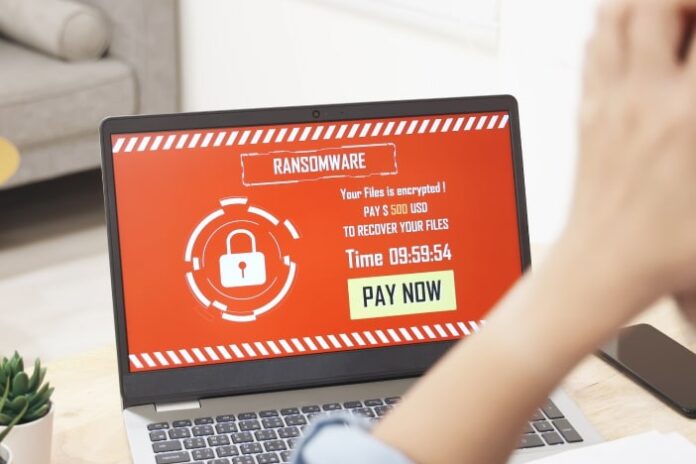If you have ever been the victim of ransomware, you know how frustrating and scary it can be. Ransomware is malware that encrypts your computer or mobile data and demands a ransom payment to unlock it. If you are not prepared, this can lead to data loss and even identity theft. This guide will walk you through the steps necessary to remove ransomware from your device. We will also provide tips on how to protect yourself from this type of attack in the future.
Most Common Ways Hackers Use to Install Ransomware
Hackers use a variety of methods to install ransomware on your device. The most common include:
- Phishing emails: Phishing is one of the most common ways hackers deliver ransomware. They will send you an email that appears to be from a legitimate source, such as your bank or a company you do business with. The email will contain a link or attachment that, when clicked, will install the ransomware on your device.
- Malicious websites: Another standard method for delivering ransomware is through malicious websites. These websites have been specifically designed to infect your device with malware. When you visit one of these sites, the ransomware will automatically download and install on your device.
- Drive-by downloads: Drive-by downloads occur when you download a file from the internet without realizing it is infected. This can happen if you click on a malicious link or ad or visit a legitimate website that hackers have compromised.
What To Do If I Think I Got Ransomware?
If you suspect that your device has been infected with ransomware:
- First, Turn off your router and unplug it from the internet. This will prevent the attackers from being able to encrypt any more of your data.
- Next, you will need to run a malware scan on your device. Many free malware scanners are available online, so be sure to choose one that is reputable and has good reviews. Once the scan is complete, you should then delete any files that have been flagged as malicious.
After removing the ransomware from your device, it is essential to take steps to prevent future attacks. Make sure you have installed and maintained antivirus software.
You should also stay away from links and attachments received from unfamiliar sources. Attackers often use these to deliver ransomware to your device.
How to Protect Yourself from Ransomware
There are numerous measures you may take to avoid ransomware:
- Install a reliable antivirus program: One of the best ways to protect your device from ransomware is to install an antivirus program. Be sure to keep the program up-to-date, as new ransomware strains are constantly being released.
- Avoid clicking on links and attachments from unknown sources: As we mentioned above, phishing emails are one of the most common ways ransomware is delivered. Be sure to avoid clicking on links or opening attachments from unknown sources.
- Back up your data regularly: Backing up your data is essential regardless of whether or not you are at risk for ransomware. However, it is crucial if you are at risk, as this will ensure that you have a copy of your data in case it is lost or stolen.
To conclude, by following these steps, you can protect yourself from ransomware and other types of malware. If you have been the victim of a ransomware attack, be sure to contact a professional for help in recovering your data. With the proper precautions, you can keep your device safe from harm.

